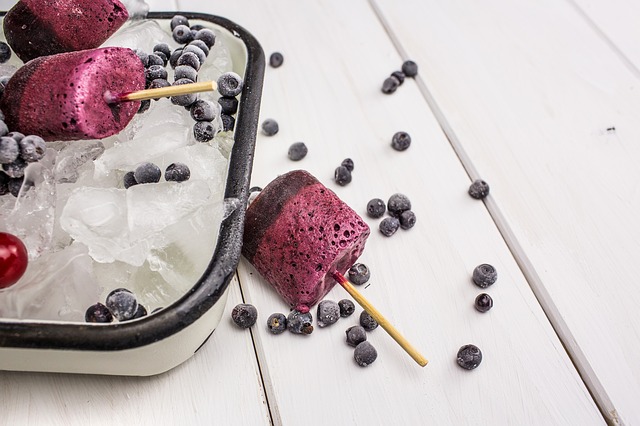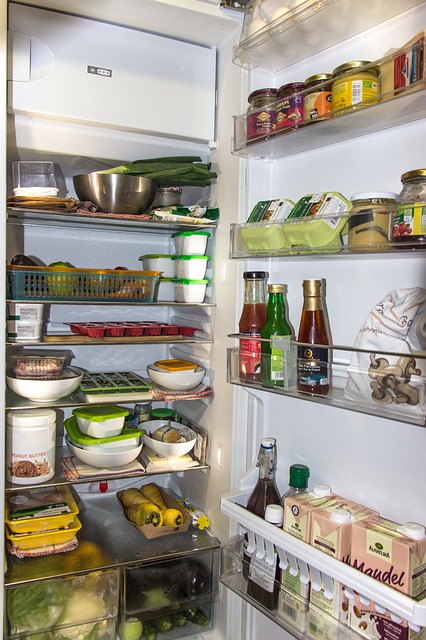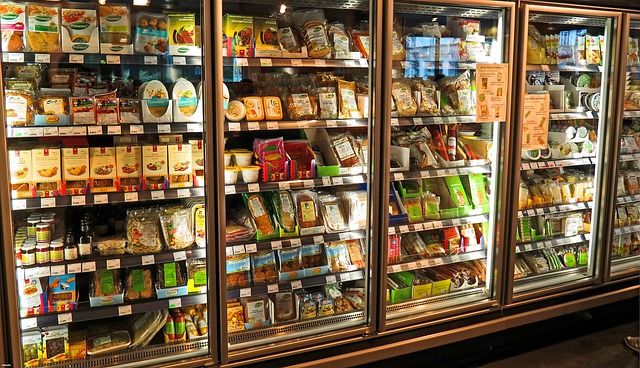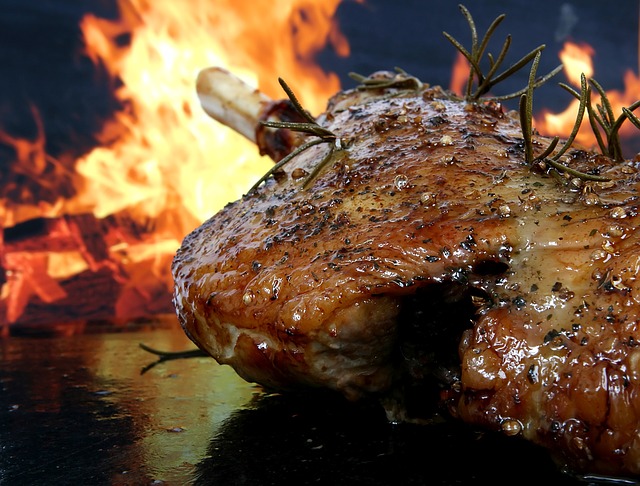Article
Refrigerator Thermometers: Cold Facts about Food Safety
Every year the holiday season brings lots of food and lots of leftovers, which need to be refrigerated. Chilling stored foods to proper temperatures is one of the best ways to slow the growth of dangerous bacteria.
A Refrigerator Thermometer Can Make a Big Difference
When it comes to protecting yourself and your family from foodborne illness, one of your most effective tools is the kitchen refrigerator. In fact, at room temperature, the numbers of bacteria that cause foodborne sickness can double every 20 minutes! Chilling foods to proper temperatures is one of the best ways to slow the growth of these bacteria.
To ensure that your refrigerator is doing its job, it’s important to keep its temperature at 40 °F or below; the freezer should be at 0 °F. Since few refrigerator controls show actual temperatures, using an inexpensive freestanding appliance thermometer will allow you to monitor the temperature and adjust the setting of the refrigerator and/or freezer if necessary. Buy one for the fridge, one for the freezer, and check them often.
Refrigerator Strategies: Keeping Food Safe
In addition to keeping the temperature in your fridge at 40 °F, you can take additional steps to make sure your refrigerated foods stay as safe as possible.
• Avoid “Overpacking.” Cold air must circulate around refrigerated foods to keep them properly chilled.
• Wipe Up Spills Immediately. In addition to helping reduce the growth of the Listeria bacteria (which can grow at refrigerated temperatures), getting rid of spills — especially drips from thawing meats — will help prevent “cross-contamination,” where bacteria from one food spread to another.
• Keep It Covered: Store refrigerated foods in covered containers or sealed storage bags, and check leftovers daily for spoilage.
• Check Expiration Dates On Foods. If food is past its “use by” date, discard it. If you’re not sure or if the food looks questionable, the simple rule is: “When in doubt, throw it out.”
• Clean The Fridge Out Frequently. Make this task part of your kitchen cleaning routine!
Quick Chill
Whether you’re dealing with leftovers or just-purchased foods, it’s important to get foods that need refrigeration into your fridge quickly. Leaving perishable foods out for 2 hours or more allows bacteria to multiply rapidly — and can put you at serious risk of contracting a foodborne illness.
• Groceries: When you get home from the grocery store, put your refrigerated items away as quickly as possible. Never allow raw meat, poultry, seafood, eggs, or produce that requires refrigeration to sit at room temperature for more than 2 hours; the limit is one hour if the air temperature is above 90 °F. (If you’re not sure whether certain produce requires refrigeration, ask your grocer.) Also, keep in mind that your car is probably even hotter than typical room temperature, so it’s important not to leave groceries in your car longer than absolutely necessary — and never more than 2 hours (or 1 hour on a hot day).
• Leftovers: These need to be refrigerated or frozen within 2 hours, as well. Despite what some people believe, putting hot food in the refrigerator doesn’t harm the appliance. To help hot food cool faster, divide leftovers into smaller containers before putting them in the refrigerator.
• Doggie Bags and Take-out Foods: Again, the “2-hour rule” applies to carry-home foods. Leftovers from take-out or restaurant meals need to go into the refrigerator within 2 hours at most. If you can’t get home within 2 hours after eating out, don’t request a doggie bag.
• Marinated Foods: Always keep food in the refrigerator while it’s marinating. Bacteria can multiply rapidly in foods left to marinate at room temperature. Also, remember this tip for marinating safely: never reuse marinating liquid as a sauce unless you bring it to a rapid boil first.
Thaw with Care
Because bacteria can multiply so rapidly in unrefrigerated food, it’s simply unsafe to let food thaw at room temperature. If left unrefrigerated, some organisms can create toxins that will survive the cooking process even if the food is cooked to temperatures that kill the bacteria themselves.
There are three ways to thaw safely: in the refrigerator, in cold water, and in the microwave. If you thaw food in cold water, change the water every half hour to make sure it stays cold. Foods thawed in the microwave must be cooked immediately after thawing.
More information please visit www.fda.gov
Share article












You must be logged in to add a comment ... → Log in | Register